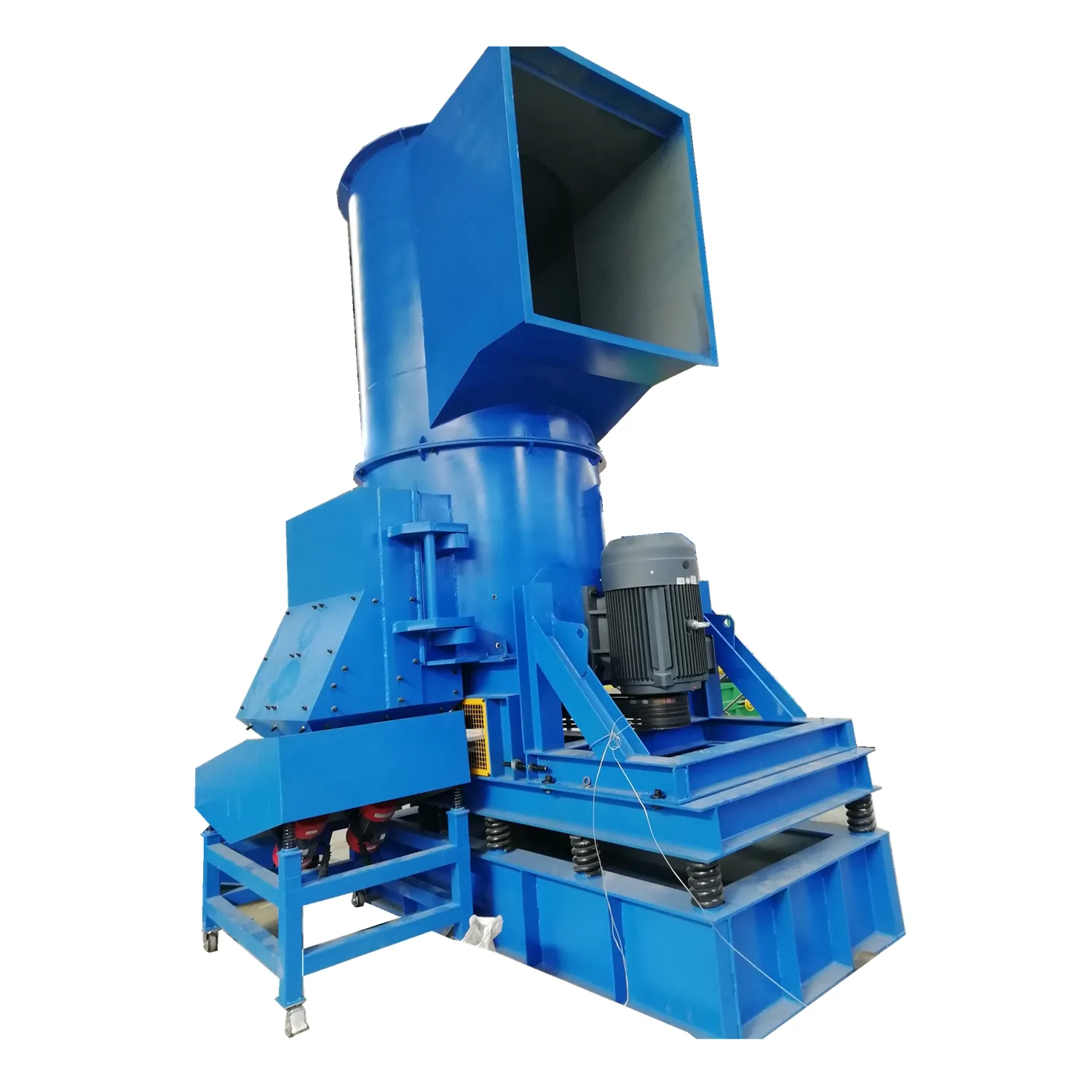

សីហា . 10, 2024 08:10 Back to list
How to Recycle Circuit Boards A Comprehensive Guide
The rapid advancement of technology has led to an unprecedented increase in electronic waste, particularly in the form of circuit boards. These tiny yet essential components are found in nearly every electronic device, from smartphones to computers. However, circuit boards also pose a significant environmental threat due to the harmful materials they contain, such as lead, mercury, and cadmium. Recycling circuit boards is not only crucial in mitigating environmental damage but also in recovering valuable materials. This article will guide you through the process of recycling circuit boards effectively.
Understanding Circuit Board Composition
Before diving into recycling methods, it is important to understand what circuit boards are made of. A typical circuit board comprises various materials, including fiberglass, copper, solder, and epoxy resin. Within these layers, numerous metals can also be found, such as gold, silver, and palladium, which can be recovered during the recycling process. Recognizing these materials is essential for effective recycling.
Step-by-Step Circuit Board Recycling Process
1. Collection and Sorting The first step in recycling circuit boards is proper collection. Households and businesses can drop off unwanted electronic devices at designated e-waste collection centers. Many manufacturers and retailers also offer buy-back programs or free disposal for electronic items. It is essential to sort the collected items, separating circuit boards from other e-waste components.
2. Pre-processing Once circuit boards are collected, they undergo pre-processing, which involves manual or mechanical dismantling. This stage includes removing any non-metal components, such as plastics and large connectors, which are not suitable for metal recycling. It's a crucial step that helps streamline the recycling process in subsequent stages.

3. Mechanical Separation After pre-processing, the boards are shredded into smaller pieces. This shredding allows for easier separation of different materials. The shredded material then goes through a series of screens and magnetic separators to isolate metals like copper and aluminum from non-metal content.
4. Chemical Processing The next stage involves chemical methods, often called pyrometallurgy or hydrometallurgy, to recover valuable metals. In pyrometallurgy, the shredded boards are heated to high temperatures in a furnace, causing metals to melt and separate. In contrast, hydrometallurgy uses chemical solutions to dissolve metals and extract them selectively. Both methods are effective but have distinct environmental impacts, so it’s essential to choose a recycling facility that employs environmentally friendly practices.
5. Refining After the metals have been isolated, they typically require further refining to achieve the desired purity. This can be done through additional chemical treatments or electrolysis. Once refined, these materials can be sold back into the manufacturing industry.
6. Responsible Disposal of Residuals The final step involves the responsible disposal of any leftover materials and chemicals that cannot be recycled. Ensure that the recycling facility adheres to strict environmental regulations to minimize hazardous waste.
Conclusion
Recycling circuit boards is an essential activity that benefits both the environment and the economy. By recovering valuable materials and reducing e-waste, we can ease the burden on landfills and conserve natural resources. As technology continues to evolve, it is imperative for consumers and businesses to adopt responsible recycling practices. By following the recycling processes outlined above, you can contribute to a more sustainable future, ensuring that our planet is protected for generations to come. Consider actively participating in e-waste recycling programs, and always seek certified recyclers to handle your electronic waste responsibly.
Latest news
The Future of Metal Recycling: Revolutionizing Waste Management
NewsMay.14,2025
Optimizing Waste with Recycling Lines
NewsMay.14,2025
Municipal Solid Waste Sorting Line: Revolutionizing Waste Management
NewsMay.14,2025
Metal Shredders: Essential Tools for Efficient Recycling
NewsMay.14,2025
Maximize Your Profits with a Copper Wire Granulator
NewsMay.14,2025
Home Metal Shredder: A Smart Choice for Your Home Recycling Needs
NewsMay.14,2025